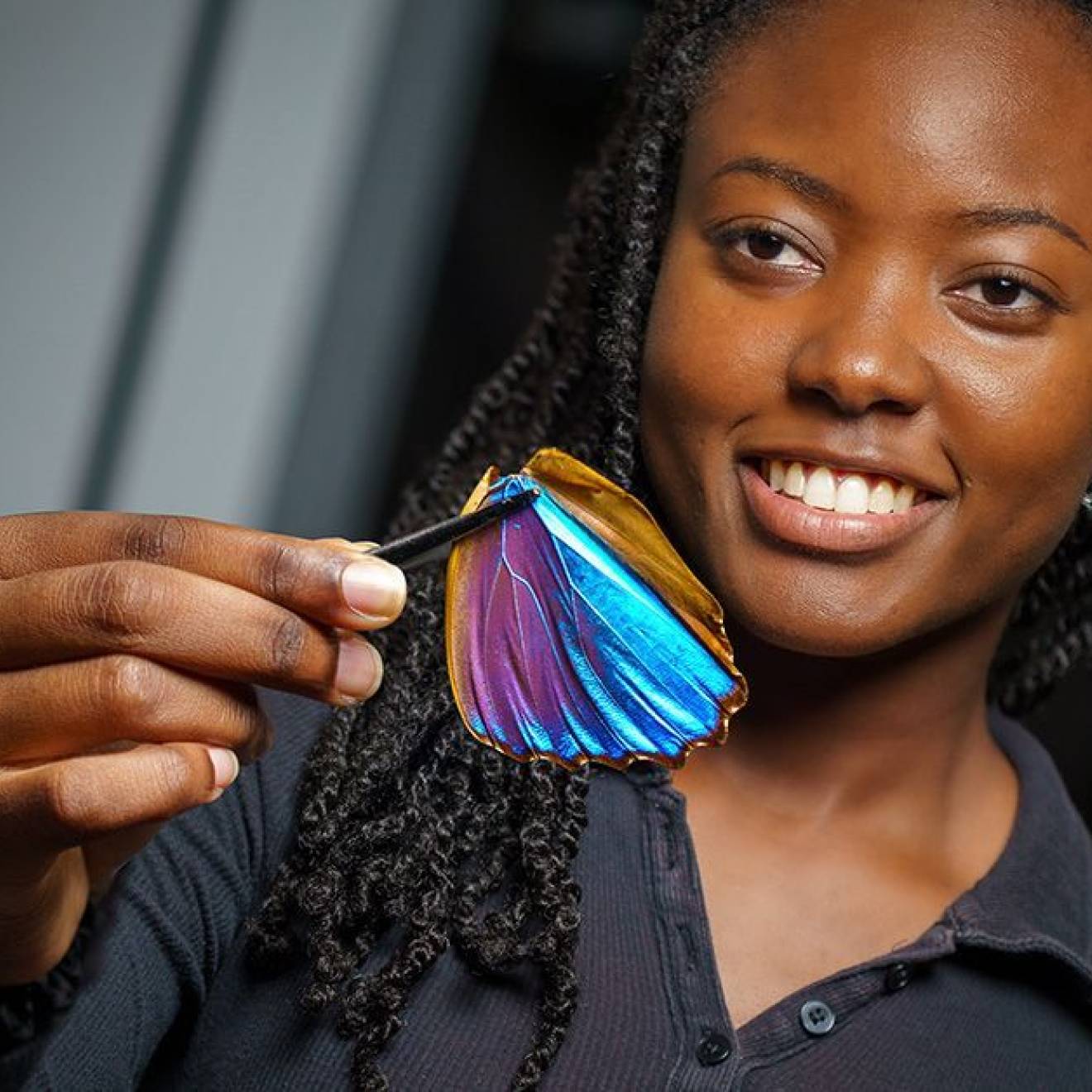Karen Sibert, UCLA via The Conversation

We’re all human beings, but we’re not all alike.
Each person experiences pain differently, from an emotional perspective as well as a physical one, and responds to pain differently. That means that physicians like myself need to evaluate patients on an individual basis and find the best way to treat their pain.
Today, however, doctors are under pressure to limit costs and prescribe treatments based on standardized guidelines. A major gap looms between the patient’s experience of pain and the limited “one size fits all” treatment that doctors may offer.
Concerns about the opioid epidemic make the problem worse. Opioids – including heroin and fentanyl – killed more than 42,000 people in the U.S. in 2016. Four in 10 of these deaths involved prescription painkillers such as hydrocodone and oxycodone. Physicians are increasingly reluctant to prescribe opioids for pain, fearing government scrutiny or malpractice lawsuits.
Where does this leave the patient whose experience of pain is outside the norm? How can physicians in all specialties identify these patients and do our best to manage their pain, even when their needs don’t match our expectations or experience?
Pain differences
Some pain is a natural part of healing. But that pain can vary depending on who is experiencing it.
Let’s start with a question that for years perplexed physicians who specialize in anesthesiology: Do redheads require more anesthesia than other patients? Anecdotally, many anesthesiologists thought they did, but few took the question seriously.
Finally, a study examined women with naturally red hair compared to women with naturally dark hair when under standardized general anesthesia. Sure enough, most of the red-haired women required significantly more anesthesia before they didn’t react in response to a harmless but unpleasant electric shock. DNA analysis shows that nearly all redheads have distinct mutations in the melanocortin-1 receptor gene, which is the likely source of the difference in pain experiences.
Cultural norms also can determine how different groups of people react to pain. In the U.S., for instance, boys playing sports and young men in military training traditionally have been encouraged to act stoically and “shake it off” when hurt, while it has been more socially acceptable for girls and women to react emotionally in comparable circumstances. As a result, medical personnel may subconsciously take male complaints of pain more seriously, assuming that a man must be in severe pain if he’s complaining at all.
Many people believe that women’s pain is consistently undertreated, and often blamed on “hormones” or “nerves.” Women more commonly suffer from fibromyalgia, autoimmune diseases including lupus and inflammatory arthritis, and migraine headaches, among other painful conditions that can be hard to control. Recently, research has identified genetic explanations for why these conditions strike women more often than men.
More women than men had at least one prescription for opioids filled in 2016. Though women are less likely to die of opioid overdose, they may become dependent on prescription opioids more quickly than men.
Race and ethnicity, too, can play a role in the experience of pain. The unequal treatment of pain, even cancer-related pain, among minority patients is part of the tragic legacy of racial discrimination in the U.S. In 2009, a major review article concluded that “racial and ethnic disparities in acute pain, chronic cancer pain, and palliative pain care continue to persist.” For example, minority patients who presented to emergency departments with abdominal pain are 22 to 30 percent less likely to receive analgesic medications than white patients with similar complaints.
In spite of research showing that non-Hispanic white patients show less sensitivity to pain than do black patients and patients of Hispanic ancestry, these inequities persist. The stereotype of the stoic Northern European patient may have a basis in genetics more than personality. The minority patients demonstrated a lower threshold for experiencing pain and a lower tolerance for acute pain, suggesting that they need more medication for adequate pain relief.
The hope of genetic research
My guess is that the next decades will bring an explosion in research illuminating the genetic mechanisms behind pain experiences. Genetic differences can help explain why some patients develop certain diseases while others, exposed to the same environmental factors, never do. Some patients undoubtedly are more sensitive to pain from the start than others, based on genetic factors that the medical community doesn’t yet understand.
At UCLA, where I work, the Institute for Precision Health obtains a sample of blood from nearly every surgical patient. By analyzing each patient’s genetic data, we hope to explain why patients often respond so differently after the same type of surgery, injury or illness.
Furthermore, chronic pain is associated with long-lasting changes in gene expression in the central nervous system. Simply put, the experience of pain changes a patient’s nervous system at the molecular level. These changes are linked to behavioral expressions of pain. Emotional factors – including a history of previous traumatic stress or depression – increase the chances that a patient will become dependent on opioids after experiencing pain.
The best physicians can do in the short term is to respect what patients tell us and try to gain insight into any of our own biases that could lead us to underestimate a patient’s experience of pain.
This article was written by Karen Sibert, associate clinical professor of anesthesiology and perioperative medicine at the University of California, Los Angeles. It was originally published on The Conversation. Read the original article.
Top photo by TippaPatt/shutterstock.com.

